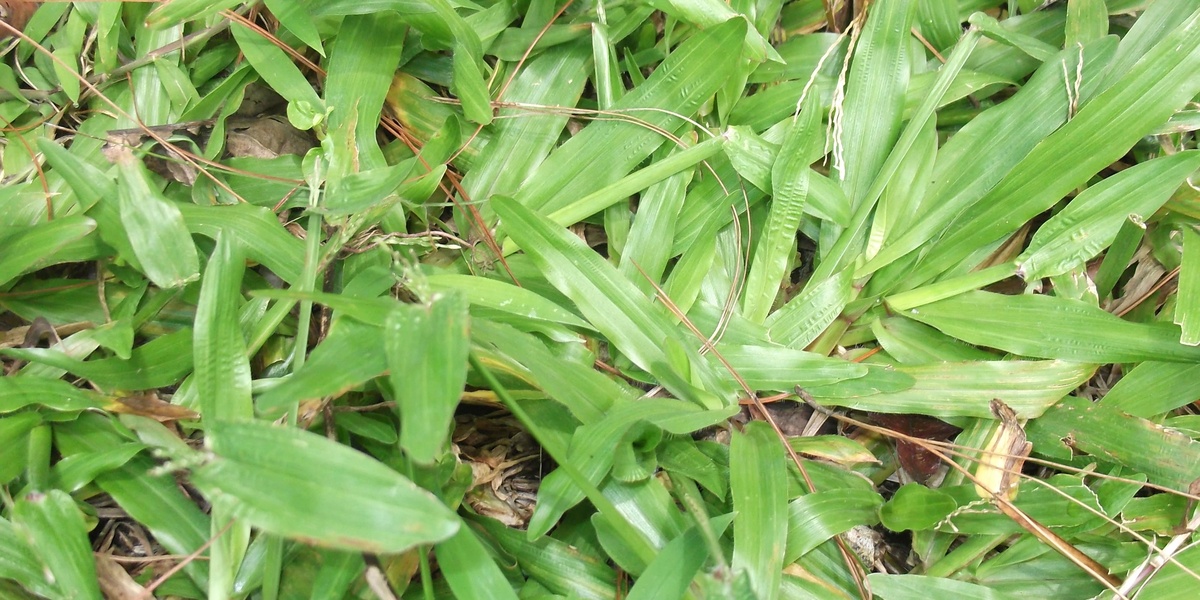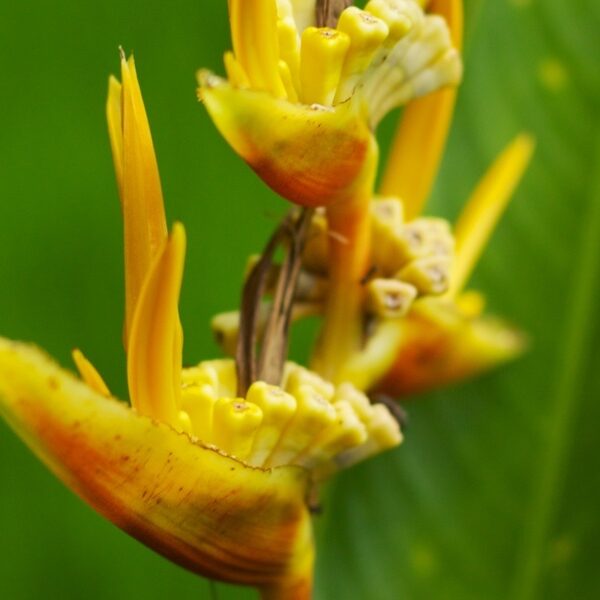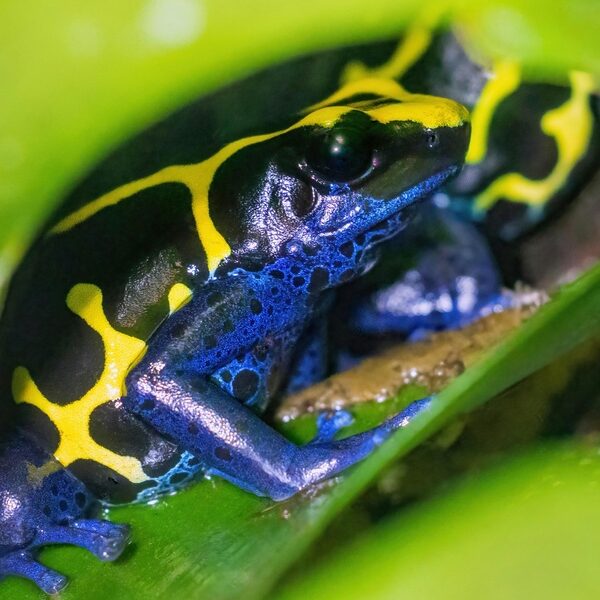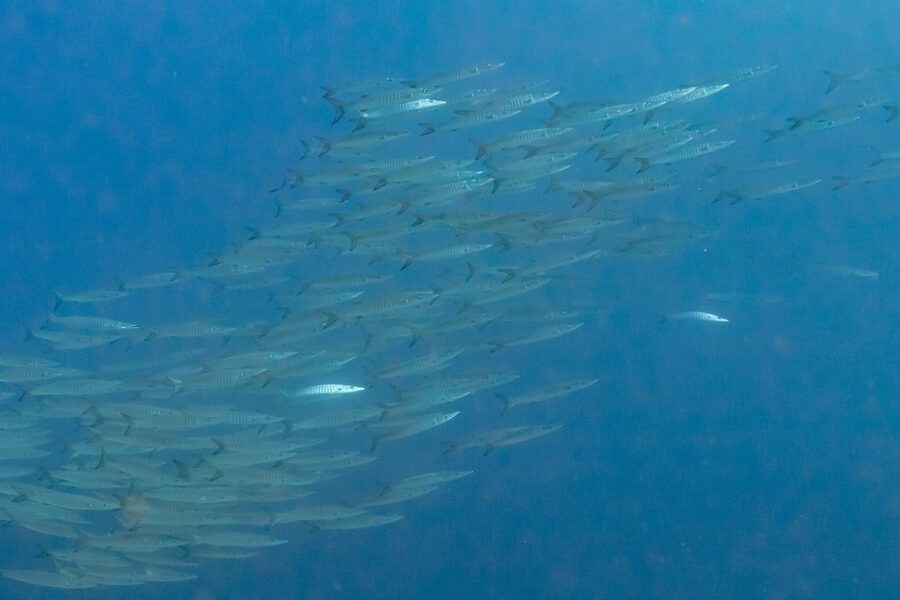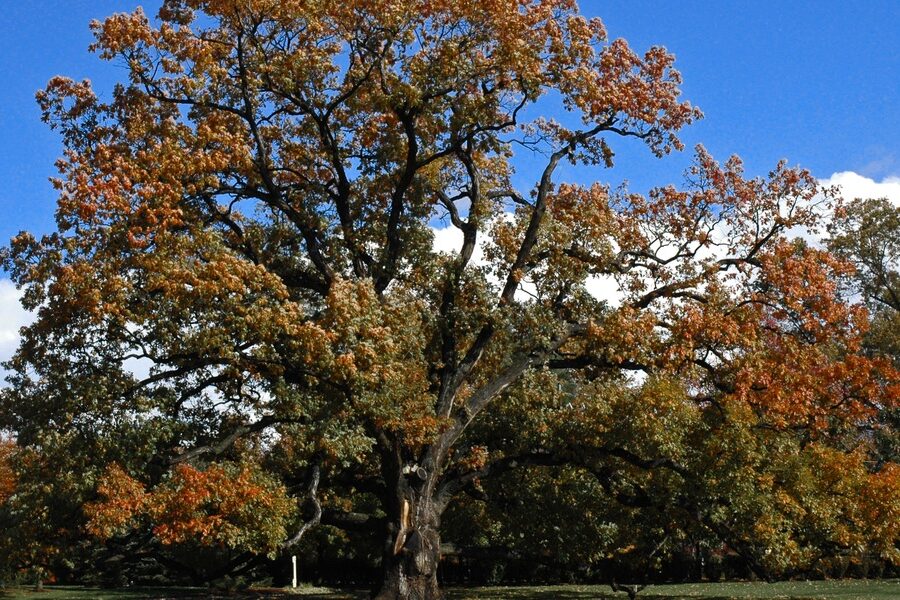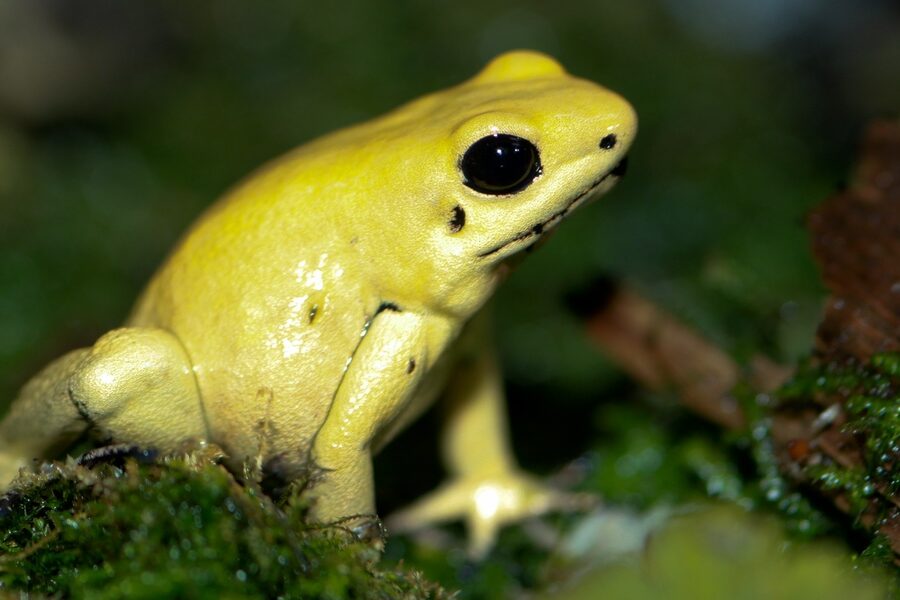Rainforests are teeming with life, a vibrant tapestry of flora and fauna that often conceals hidden wonders. While towering trees and colorful orchids frequently capture attention, the undergrowth holds an incredible diversity of plant life, playing a crucial role in these complex ecosystems.
Among these essential inhabitants are the grasses, often overlooked but vital to the rainforest floor. This curated list explores 20 Rainforest Grasses, showcasing a fascinating variety from the resilient American Tussockgrass to the distinctive Swamp Globe Grass. For each species, you’ll find details on its Scientific Name, Typical Height (cm), and Primary Habitat, all organized clearly for your convenience below.
What role do grasses play in a rainforest ecosystem?
Grasses are fundamental components of rainforest ecosystems, even if they don’t always form vast savannas like in other biomes. They help stabilize soil, preventing erosion, especially on slopes and along waterways. Many species also provide food and shelter for a variety of small herbivores and insects, forming a crucial part of the lower trophic levels and contributing to the overall biodiversity and health of the forest floor.
Are rainforest grasses common, and what do they look like?
While not always as dominant as the tree canopy, rainforest grasses are surprisingly common, often found in clearings, along riverbanks, and in areas with more sunlight penetration. Their appearance varies greatly; some are slender and delicate, others broad-leaved and robust. They are adapted to high humidity and often thrive in shaded, moist conditions, contributing to the dense undergrowth.
Rainforest Grasses
| Common Name | Scientific Name | Typical Height (cm) | Primary Habitat |
|---|---|---|---|
| Leaf Grass | Pharus latifolius | 30-80 | Neotropical rainforest understory |
| Carrying Grass | Olyra latifolia | 100-300 | Tropical American and African forest clearings and understory |
| Pariana Grass | Pariana campestris | 50-150 | Amazon rainforest floor |
| Bur-fruited Grass | Leptaspis zeylanica | 30-60 | Southeast Asian and Australian rainforest understory |
| Batwing Grass | Ichnanthus pallens | 20-50 | Neotropical moist forest floor |
| Climbing Cane Grass | Lasiacis sorghoidea | 200-500 | Neotropical forest edges and gaps |
| Palmgrass | Setaria palmifolia | 100-250 | Shaded, moist areas in tropical Asian forests |
| Buffalo Grass | Paspalum conjugatum | 30-60 | Moist clearings and trails in pantropical rainforests |
| Bristle Grass | Centotheca lappacea | 40-100 | Asian and Australian rainforest understory |
| American Tussockgrass | Zeugites americanus | 20-60 | Central and South American cloud forest understory |
| Forest Basketgrass | Oplismenus hirtellus | 15-40 | Pantropical forest floors and shaded areas |
| Spike Grass | Streptogyna americana | 50-100 | Neotropical and African forest understory |
| Swamp Globe Grass | Isachne globosa | 20-50 | Wetlands and stream banks within Asian and Australian rainforests |
| Primitive Corkscrew Grass | Streptochaeta spicata | 30-60 | Neotropical rainforest floor |
| Atlantic Forest Grass | Anomochloa marantoidea | 20-40 | Brazilian Atlantic rainforest understory |
| Rock Tassel Grass | Garnotia stricta | 30-70 | Wet rocky slopes within Asian rainforests |
| Creeping Forest Grass | Cyrtococcum patens | 15-30 | Understory of Asian rainforests |
| Brazilian Fan Grass | Raddia brasiliensis | 10-25 | Brazilian Atlantic Forest floor |
| Delicate Panicgrass | Panicum trichoides | 10-30 | Shady, moist soil in Neotropical rainforests |
| Heart-leaf Grass | Arthraxon hispidus | 20-60 | Moist, shaded stream banks in Asian and Australian forests |
Images and Descriptions
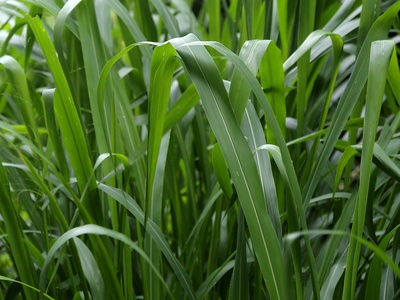
Leaf Grass
This unique grass has unusually broad, stalked leaves that resemble a dicot plant, an adaptation for capturing scarce light. Its fruits have hooked hairs that latch onto passing animals, making it an expert hitchhiker for seed dispersal on the forest floor.
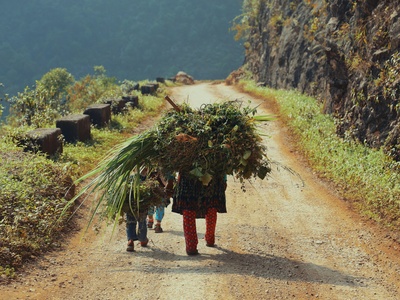
Carrying Grass
A tall, bamboo-like herbaceous grass that often forms dense stands in light gaps. Its strong, hollow stems and broad leaves make it a conspicuous part of the rainforest undergrowth, providing cover for small animals.
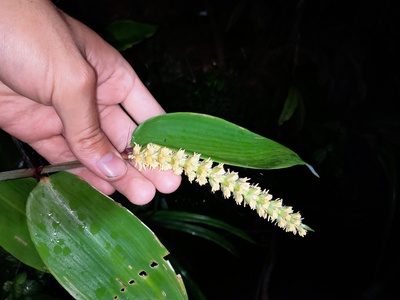
Pariana Grass
Remarkable among grasses, Pariana is pollinated by nocturnal insects or bats rather than wind. It produces a large, club-like flower spike and thrives in the deep shade of the Amazon, showcasing a rare reproductive strategy for its family.
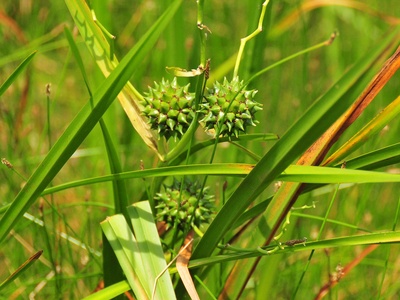
Bur-fruited Grass
Easily identified by its tough, inrolled leaves and unique, spiky bur-like fruits. These velcro-like fruits are perfectly designed to attach to the fur of forest mammals, ensuring its seeds are carried to new locations.

Batwing Grass
A low, sprawling grass named for its pairs of broad, asymmetrical leaves held horizontally like wings. This arrangement maximizes the capture of dappled sunlight filtering through the canopy, allowing it to thrive in deep shade.

Climbing Cane Grass
This species behaves more like a vine, with long, wiry stems that scramble over other plants to reach for sunlight. Its climbing habit allows it to succeed in the competitive environment of forest clearings and regenerating areas.
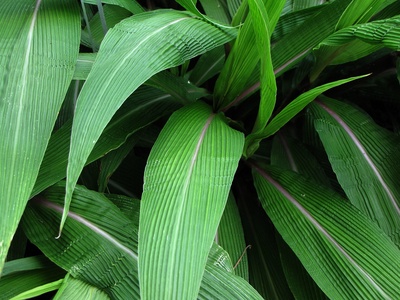
Palmgrass
Instantly recognizable by its large, pleated leaves that strongly resemble the fronds of a young palm tree. This striking appearance makes it a popular ornamental, but in the wild, it’s a specialist of shaded, damp forest floors.
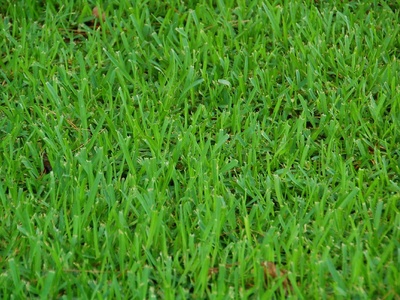
Buffalo Grass
A common, mat-forming grass that thrives in the disturbed, sunnier patches of the rainforest, like trails and riverbanks. It’s a resilient pioneer species, quickly colonizing gaps and helping to prevent soil erosion with its dense network of runners.
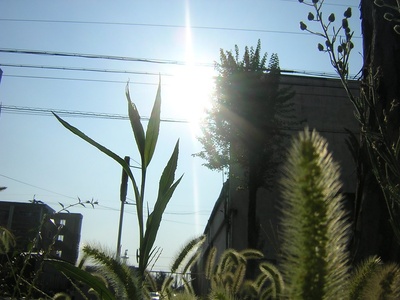
Bristle Grass
This shade-tolerant grass is a master of dispersal. Its seeds are equipped with stiff, backward-pointing bristles that tenaciously cling to fur, feathers, or clothing, making any passing creature an unwitting seed courier through the forest.
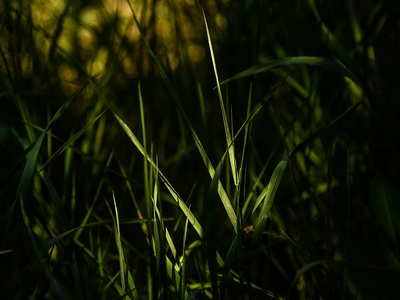
American Tussockgrass
A delicate, broad-leaved grass found in high-altitude montane forests. Its net-veined leaves are more typical of other flowering plants, an evolutionary convergence for surviving in the low light levels of the humid cloud forest floor.
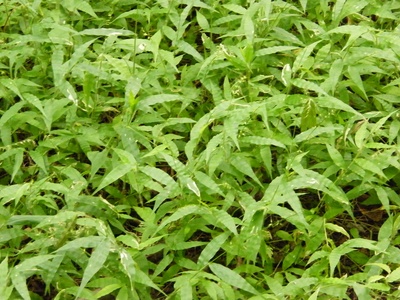
Forest Basketgrass
A creeping, shade-loving grass that forms a soft green carpet in forest undergrowth. Its seeds have sticky, glue-like awns that readily attach to passing animals, a highly effective dispersal method for a low-growing plant.
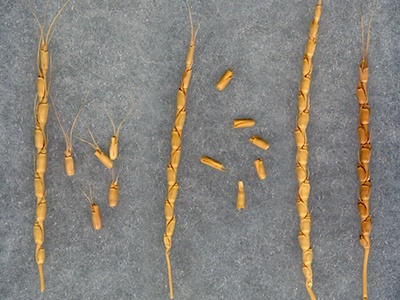
Spike Grass
This grass is known for its remarkable seed dispersal. The long, wiry awns of multiple seeds twist together to form a long, dangling ‘tail’ that easily snags onto the leg or tail of a passing animal for a ride.
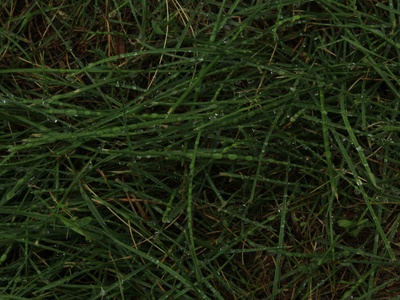
Swamp Globe Grass
Specializing in the perpetually wet parts of the rainforest, this grass forms low, dense mats in swamps and along streams. It’s a key plant in these aquatic microhabitats, providing stability and habitat for small creatures.

Primitive Corkscrew Grass
Representing one of the most ancient grass lineages, this species looks very un-grass-like with its broad leaves. Its seeds have a long, twisting awn that actively drills them into the soil like a corkscrew when wetted, a primitive and effective planting mechanism.
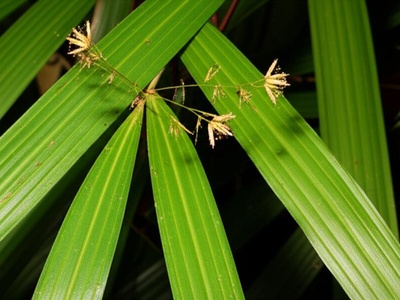
Atlantic Forest Grass
An extremely rare “living fossil” of the grass family, this plant offers clues to grass evolution. Found only in the deep shade of Brazil’s coastal rainforest, its broad leaves and unique flowers mark it as a relic from the distant past.
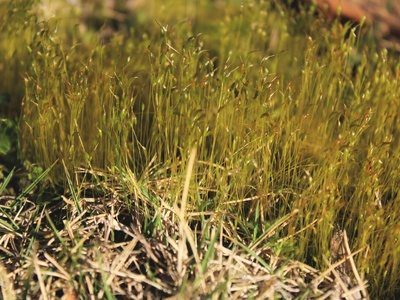
Rock Tassel Grass
A specialist grass that thrives by clinging to wet, mossy rocks and steep stream banks where few other plants can get a foothold. Its slender form and strong roots make it a successful pioneer in these challenging, high-moisture microhabitats.
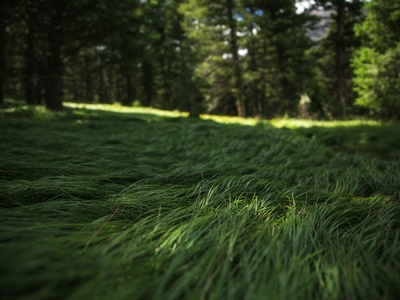
Creeping Forest Grass
A highly shade-tolerant, creeping grass that forms a dense, lawn-like carpet on the forest floor. By covering the ground, it helps prevent soil erosion from heavy tropical rains and outcompetes seedlings of other plants in the deep shade.

Brazilian Fan Grass
This small, herbaceous bamboo relative grows in dense, low mats. It has distinctive leaves arranged in a fan-like spray, an elegant adaptation to arrange its photosynthetic surfaces to capture the maximum amount of limited, dappled light.
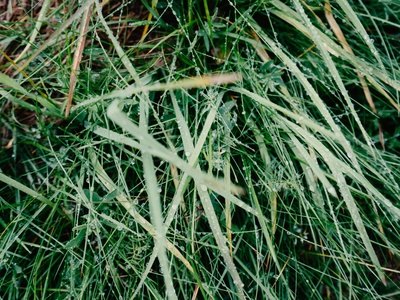
Delicate Panicgrass
A small, fine-leaved annual grass that often goes unnoticed on the forest floor. It specializes in colonizing temporary, disturbed patches of soil, completing its life cycle quickly in the fleeting sunlight of small treefall gaps.
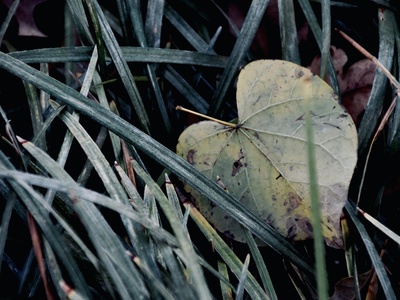
Heart-leaf Grass
This creeping grass is easily identified by its small, broad leaves which have a distinctive heart-shaped base that clasps the stem. It often forms colorful mats, with leaves that can turn reddish or purple in higher light along forest streams.
